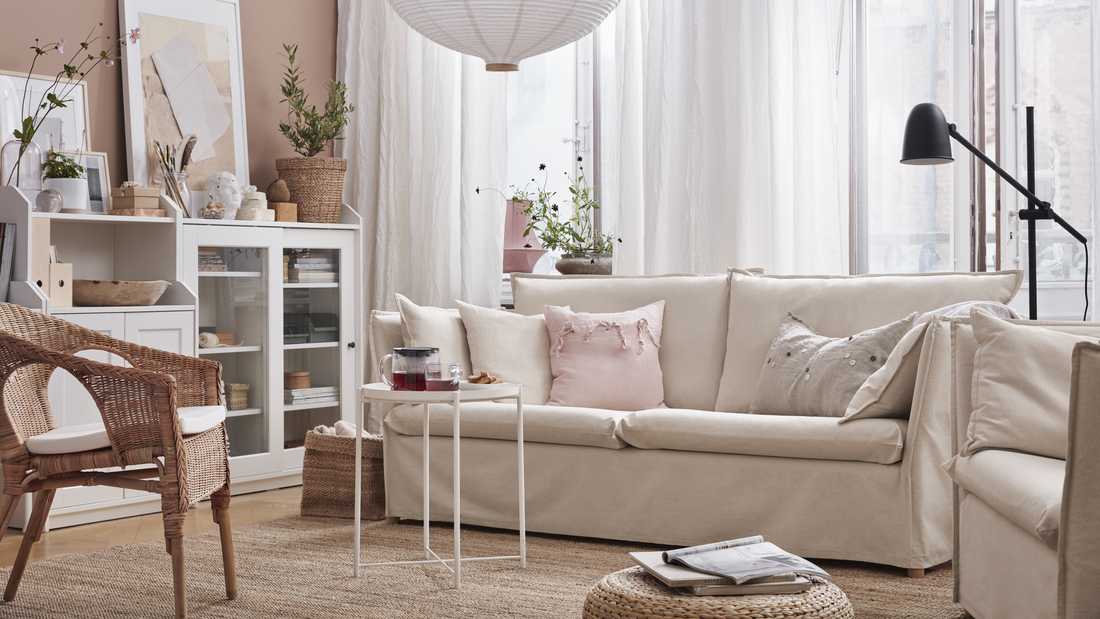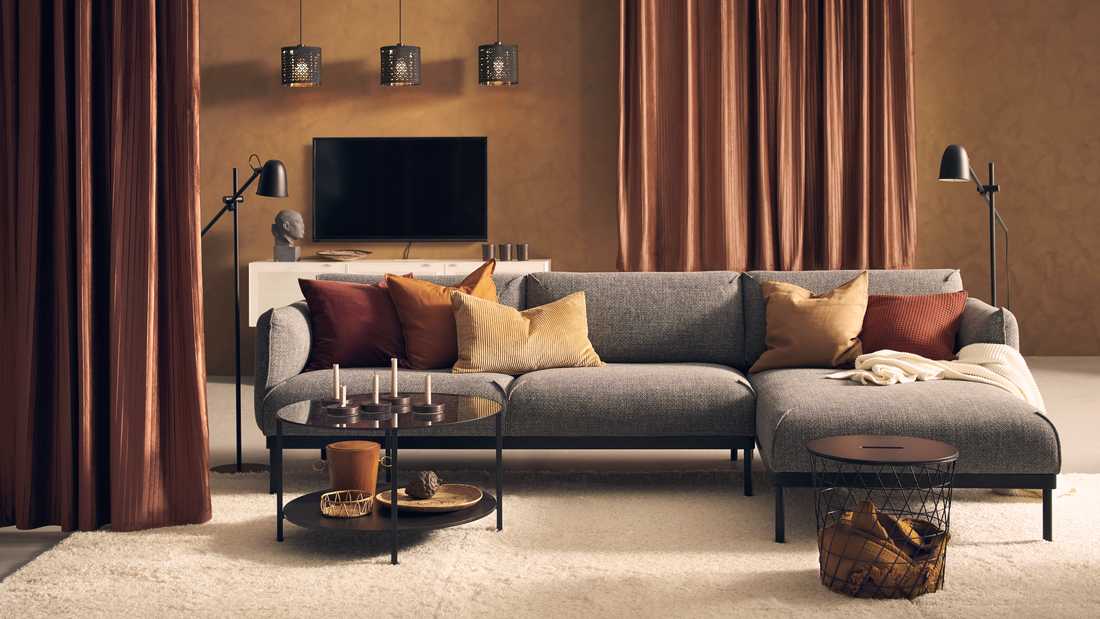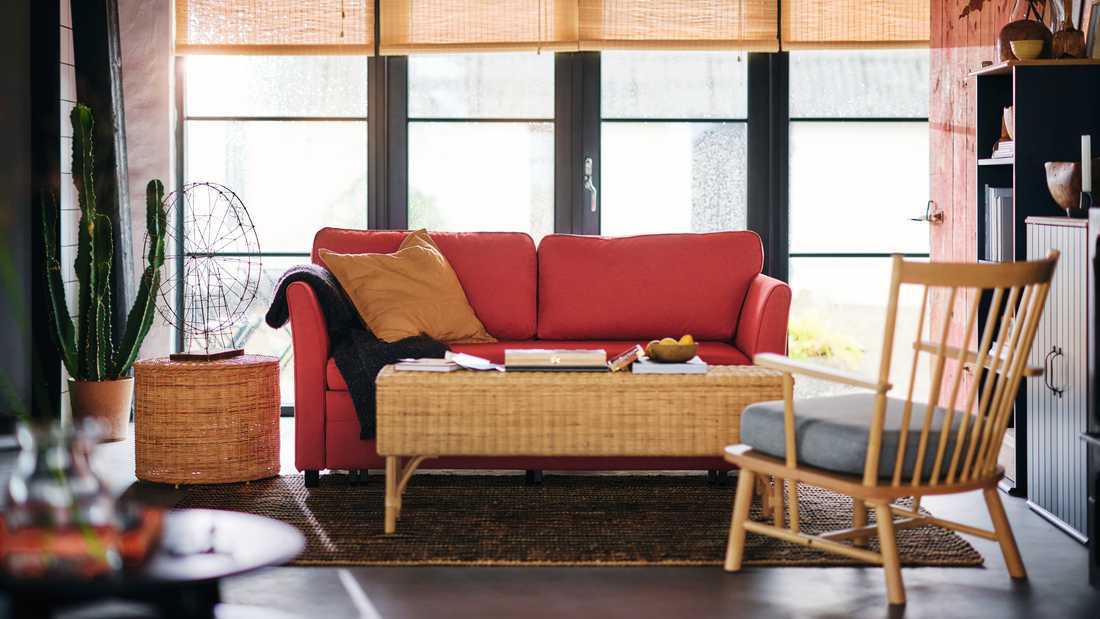Making your dream home a reality is no longer just a fantasy. With the help of technology, you can easily design and visualize every corner of your home even before the construction process begins.
Various home and interior design tools now come with advanced features that allow you to create like a professional designer. No special skills are needed; just by opening the tools, you can design your own home.
From planning room layouts to choosing furniture and decorations, everything can be done easily and enjoyably through the available free tools.
Benefits of a good home design
A good home design is a valuable investment that offers more than just visual beauty. Here are the advantages:
- Space optimization: Careful design can optimize every corner of the space, creating harmony between aesthetics and function. Each room is designed with consideration for the activities that will take place in it, ensuring comfort and efficiency for the occupants.
- Well-being of occupants: A well-designed home is not just a place to live, but also a place that supports the well-being of its occupants. Optimal natural lighting, smooth air circulation, and the choice of calming colors and materials create a healthy and positive environment.
- Increased property value: An attractive and functional home design can significantly increase property value. A well-maintained home with a modern design will always be sought after by property seekers, making it a profitable long-term investment.
Tips for choosing an interior design tools
1. Consider your needs
Before starting your interior design journey, it's important to identify your goals. Are you planning to renovate the entire house, rearrange the furniture layout, or just looking for inspiration to beautify a room? By understanding your needs, you can choose the right tools, whether it's an easy-to-use tools for beginners or a more advanced tools for professionals.
Once you know your goals, also consider your level of expertise in interior design. If you're a beginner, choose an tools that offers an intuitive and easy-to-understand interface. Conversely, if you're a professional, you may need a more complex tools with advanced features to meet your design needs.
2. Ease of use
A good interior design tools should have an intuitive and easy-to-use interface. Look for toolss that offer drag-and-drop features, customizable templates, and clear tutorials. These features will help you save time and effort in the design process, especially if you're a beginner.
In addition, make sure the tools has easy navigation and an organized layout. This will make it easier for you to find the features you need and explore the various design options available. An easy-to-use tools will make the design process more enjoyable and efficient.
3. Features and functionality
Before choosing an tools, check the features it offers. Some important features to consider include floor plan creation, 3D visualization, furniture and material selection, and cost calculation. Make sure these features fit your needs and budget.
Choose an tools that offers features that are most relevant to your design project. For example, if you want to plan a room layout, make sure the tools has an accurate and easy-to-use floor plan creation feature. If you want to see how your design will look in real life, choose an tools that offers realistic 3D visualization.
4. Compatibility
Make sure the interior design tools you choose is compatible with the devices you use, whether it's a smartphone, tablet, or computer. Some toolss offer synchronization between devices so you can continue your design project anywhere and anytime.
The ability to work on various devices will provide flexibility and convenience in the design process. You can start a design on your computer, then continue on your tablet when you're out and about, and even make small changes via your smartphone.
5. Visual quality
Good visualization is very important in interior design. Choose an tools that produces realistic and high-quality 3D visualizations. By seeing your design in 3D, you can more easily visualize the end result and identify potential problems before the project starts.
Realistic 3D visualization will help you understand how lighting, colors, and textures will interact in the room. You can also use this visualization to communicate with your contractor or client so they can better understand your design vision.
6. Object and material library
A vast and diverse library of objects and materials will give you more creative freedom in designing an interior that suits your desires. Make sure the tools you choose has a complete collection of furniture, decorations, and materials from various styles and brands.
The more choices available, the easier it will be for you to find elements that fit your taste and budget. You can experiment with different combinations of furniture, wall colors, floors, and accessories to create a unique and personal design.
7. Collaboration features
If you are collaborating with others on a design project, collaboration features are very important. Choose an tools that allows you to share designs, provide comments, and work in real-time with others.
Collaboration features will facilitate communication and coordination between team members. You can share ideas, provide input, and make decisions together efficiently. With effective collaboration, you can speed up the design process and ensure all parties are involved in decision-making.
8. Price and subscription
Interior design toolss come with various pricing and subscription models. Some toolss offer free versions with limited features, while others require a paid subscription to access all features.
Consider your budget and compare the prices and features of various toolss before making a decision. If you are a beginner or only need an tools for a small project, the free version may be sufficient. However, if you are a professional or need more advanced features, subscribing to the paid version may be a worthwhile investment.
9. Reviews and ratings
Before downloading an tools, take the time to read reviews and ratings from other users. These reviews can provide insights into the strengths and weaknesses of the tools, as well as the experiences of other users.
By reading reviews, you can avoid problematic toolss and choose toolss that have been proven to satisfy other users. Pay attention to reviews that discuss ease of use, features, visual quality, and customer support. This information will help you make a more informed decision.
10. Try the free version
If possible, try the free version of the tools before purchasing the paid version. This will give you a chance to try out the tools's features firsthand and make sure the tools fits your needs and preferences.
By trying the free version, you can evaluate the user interface, ease of use, and visual quality of the tools. You can also test the features that are most important to you, such as floor plan creation or 3D visualization. If you are satisfied with the free version, you can consider upgrading to the paid version to access more complete features.
Use a free home design tools : IKEA home planner program
Of all the tips for choosing a design tools mentioned above, the
IKEA Home Planner Program stands out with its complete and easy-to-use features. It is available both as a website and an tools.
You can design every room in your home in detail, choose various IKEA products to complete the room, and see the results in a realistic 3D view.
With this tools, you can realize your dream home and interior design easily and enjoyably. But if you have trouble, you can also use
IKEA's interior design services.
After designing your dream home, don't forget to visit your nearest IKEA store or the
IKEA website to find a variety of quality products that can complement your home design.






